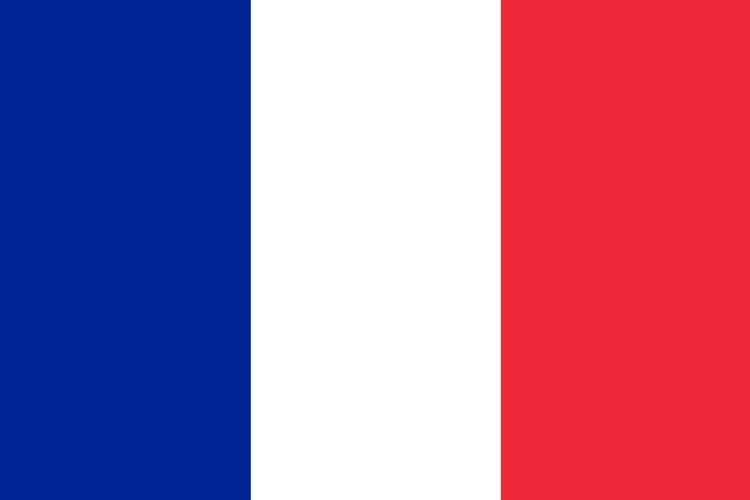Dialing code +590 Currency Euro | Demonym St. Martinois ISO code MAF Continent North America | |
 | ||
Ethnic groups () MulattoWest AfricanMestizoEuropeanEast Indian Points of interest Orient Bay - Saint Martin, Loterie Farm, Pinel Island, Fort Louis, Cupecoy Beach Destinations Saint Martin (Island), Marigot, Grand Case, Simpson Bay Lagoon, Cul‑de‑Sac | ||
Saint Martin (French: Saint-Martin), officially the Collectivity of Saint Martin (Collectivité de Saint-Martin) is an overseas collectivity of France in the Caribbean. With a population of 36,286 (as of Jan. 2011) on an area of 53.2 square kilometres (20.5 sq mi), it encompasses the northern 60% of the divided island of Saint Martin, and some neighbouring islets, the largest of which is Île Tintamarre. The southern 40% of the island of Saint Martin constitute Sint Maarten, since 2010 a constituent country of the Kingdom of the Netherlands.
Contents
- Map of Collectivity of Saint Martin
- Politics and government
- Coat of arms
- Demographics
- Economy
- Education
- References
Map of Collectivity of Saint Martin
Before 2007, the French part of Saint Martin formed a part of the French overseas région and département of Guadeloupe. Saint Martin is separated from the island of Anguilla by the Anguilla Channel. Its capital is Marigot.
Politics and government
Saint Martin was for many years a French commune, forming part of Guadeloupe, which is an overseas région and département of France. In 2003 the population of the French part of the island voted in favour of secession from Guadeloupe in order to form a separate overseas collectivity (COM) of France. On 9 February 2007, the French Parliament passed a bill granting COM status to both the French part of Saint Martin and (separately) the neighbouring Saint Barthélemy. The new status took effect on 15 July 2007, once the local assemblies were elected, with the second leg of the vote ultimately occurring on 15 July 2007. Saint Martin remains part of the European Union.
The new governance structure befitting an overseas collectivity took effect on 15 July 2007 with the first session of the Territorial Council (French: Conseil territorial) and the election of Louis-Constant Fleming as president of the Territorial Council. On 25 July 2008 Fleming resigned after being sanctioned by the Conseil d'État for one year over problems with his 2007 election campaign. On 7 August, Frantz Gumbs was elected as President of the Territorial Council. However, his election was declared invalid on 10 April 2009 and Daniel Gibbs appointed as Acting President of the Territorial Council on 14 April 2009. Gumbs was reelected on 5 May 2009.
Before 2007, Saint Martin was coded as GP (Guadeloupe) in ISO 3166-1. In October 2007, it received the ISO 3166-1 code MF (alpha-2 code), MAF (alpha-3 code), and 663 (numeric code).
Coat of arms
The coat of arms of the French overseas collectivity Saint-Martin features a ship, a palm and a sun, and reads "Collectivité de Saint Martin". The commune that existed until 22 February 2007, used similar arms but with the legend "Ville de Saint Martin".
Demographics
The French part of the island has a land area of 53.2 square kilometres (20.5 sq mi). A local English-based dialect is spoken in informal situations on both the French and Dutch sides of the island. At the January 2011 French census, the population in the French part of the island was 36,286 (up from only 8,072 inhabitants at the 1982 census), which means a population density of 682 inhabitants per square kilometre (1,770/sq mi) in 2011.
During the 1980s, the population more than tripled; at the time, the collectivity was administered as a part of Guadeloupe.
Economy
The official currency of Saint Martin is the euro, though the US dollar is also widely accepted. Tourism is the main economic activity.
INSEE estimated that the total GDP of Saint Martin amounted to 421 million euros in 1999 (US$449 million at 1999 exchanges rates; US$599 million at Oct. 2007 exchange rates). In that same year the GDP per capita of Saint Martin was 14,500 euros (US$15,500 at 1999 exchanges rates; US$20,600 at Oct. 2007 exchange rates), which was 39% lower than the average GDP per capita of metropolitan France in 1999. In comparison, the GDP per capita on the Dutch side of the island, Sint Maarten, was 14,430 euros in 2004.
Education
The collectivity has seven public preschools (maternelles) and seven public elementary schools:
There are three junior high schools (collège) and one senior high school:
